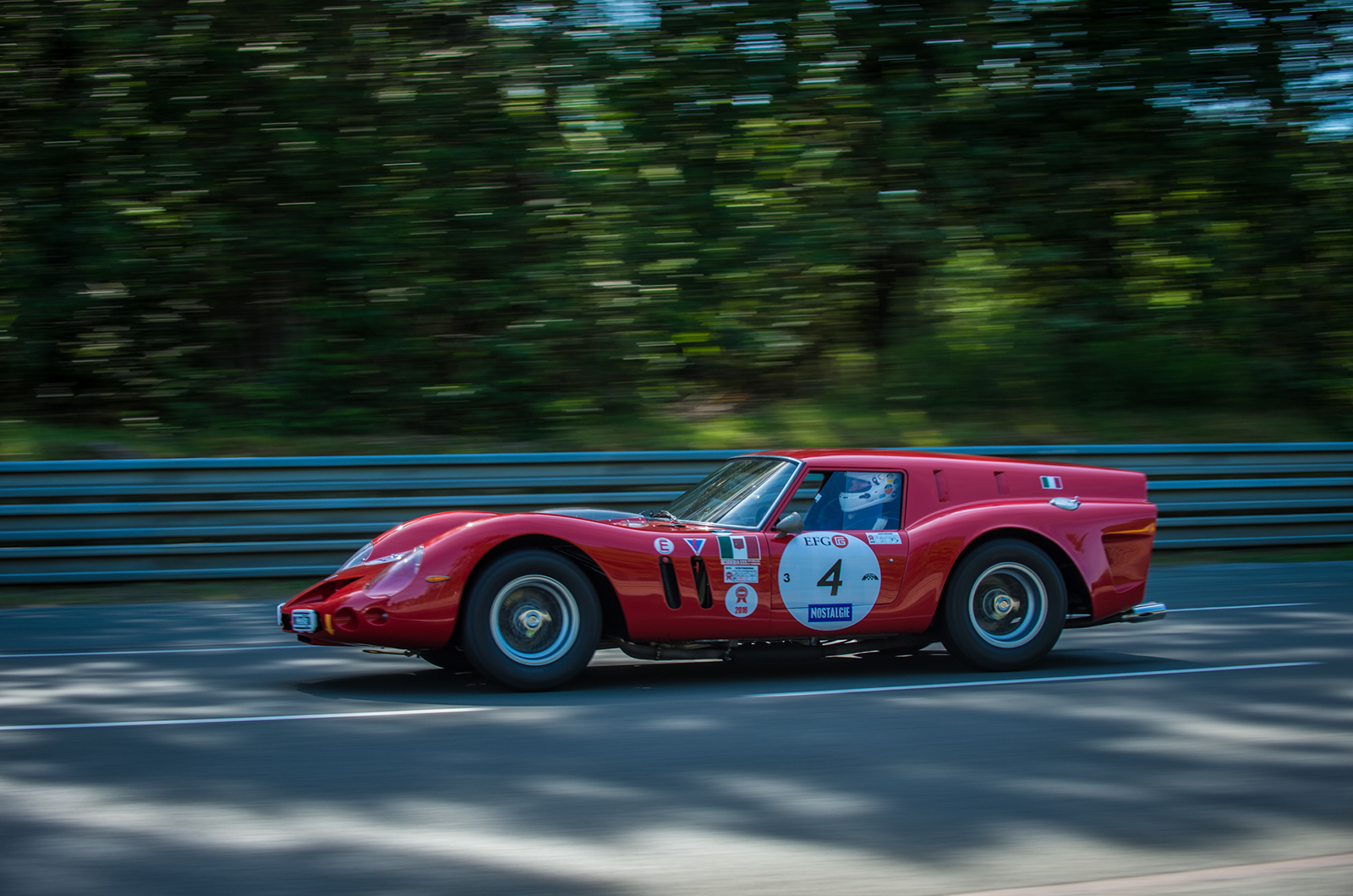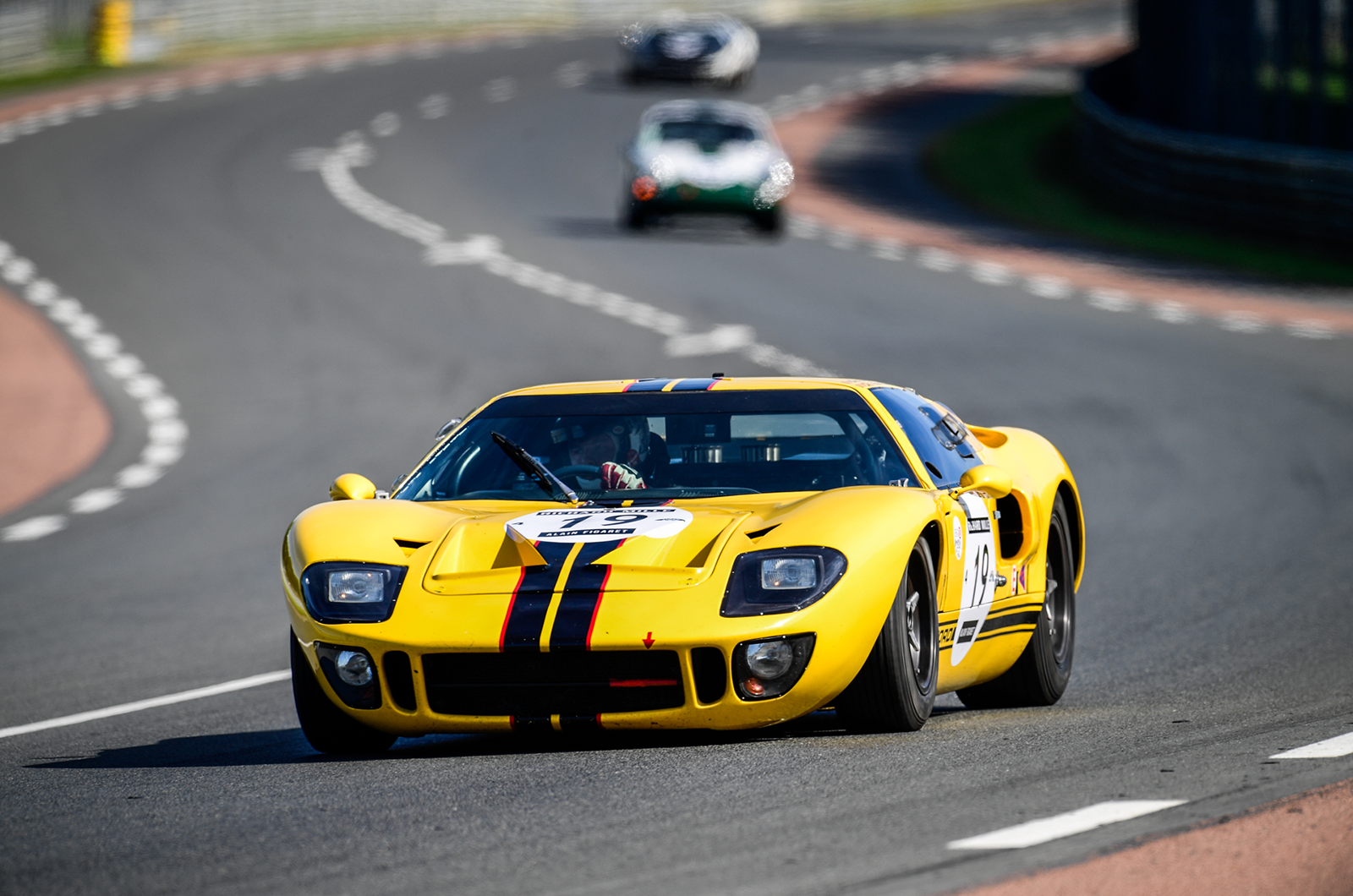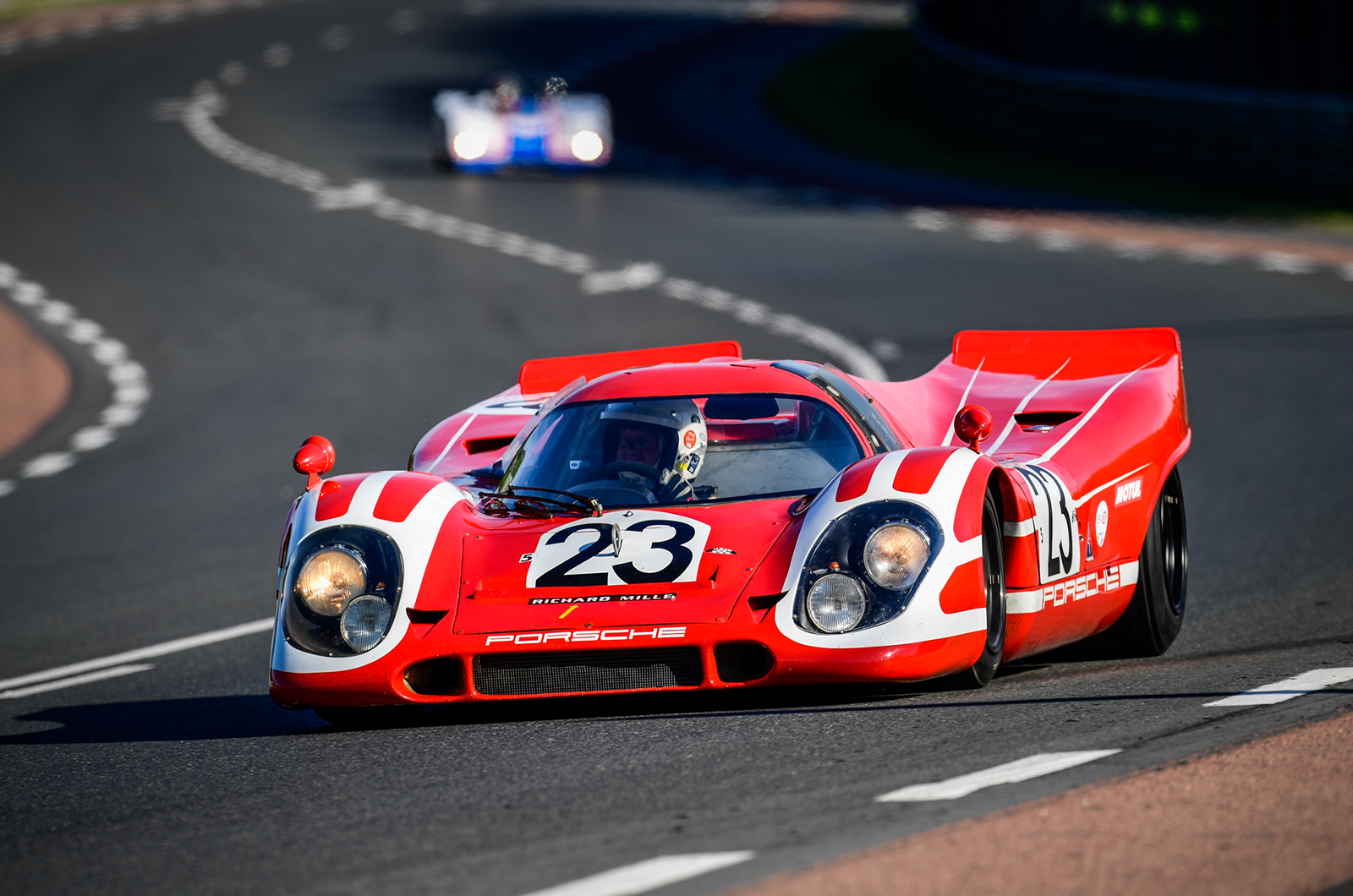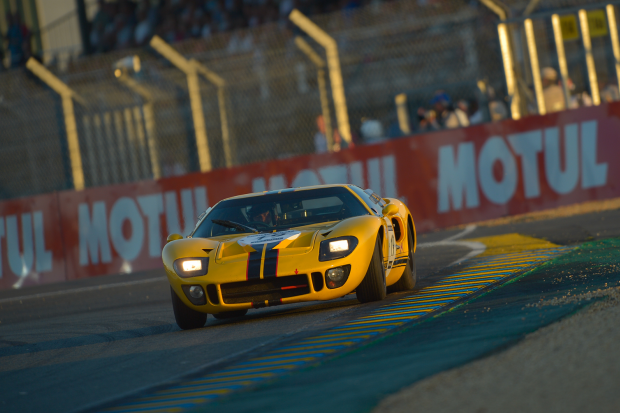
For a car to ever be considered a true great, it really has to compete in the Le Mans 24 Hours.
In 86 races over 95 years, many of the finest automobiles in the world have tested themselves over the 8.467 miles of the Circuit de la Sarthe; the very best of these have even won it.
And that’s one of the many things that makes the Le Mans Classic such an unmissable event.
Only models that have raced in the Le Mans 24 Hours are eligible for the Classic, so the grid list instantly reads like a list of the greatest cars of all time.
Of course that can make choosing your favourites a little tricky.
With the 2018 edition taking place next month (6-8 July), we thought we’d help you out by coming up with our own shortlist of cars to look out for.
1. ALFA ROMEO 8C 2300
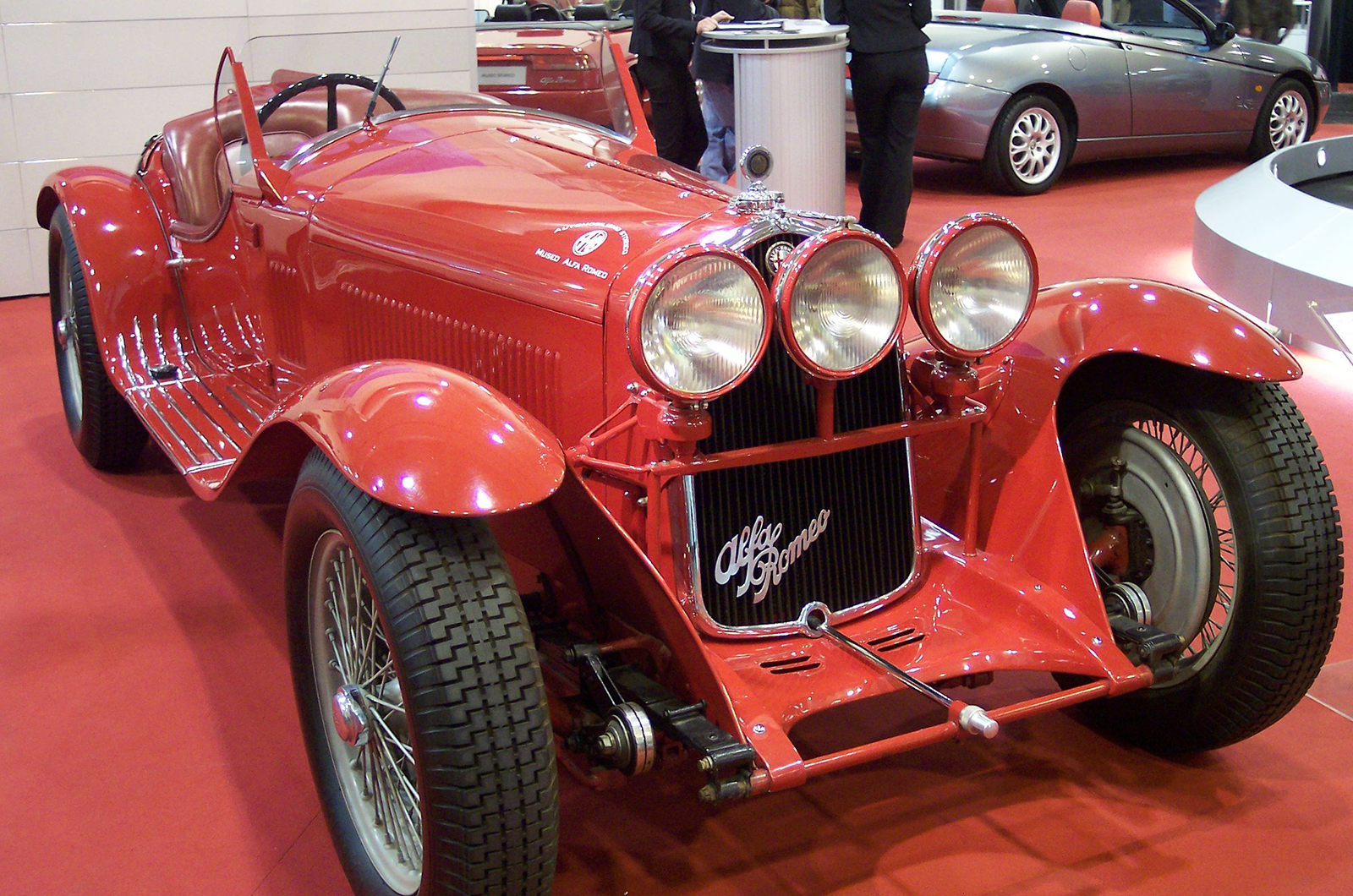
Bentleys and Alfa Romeos dominated the opening decade or so of the 24 Hours of Le Mans, sharing nine of the first 12 titles between them.
But whereas Bentley’s five wins were achieved by four different cars, the Italian marque’s success was all down to one vehicle: the legendary Alfa Romeo 8C 2300.


